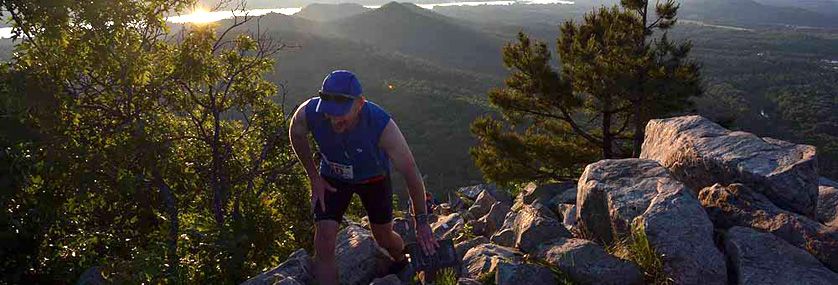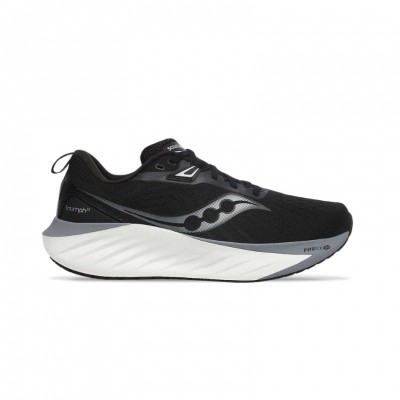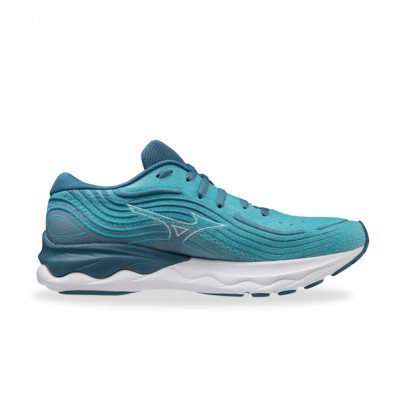Within the world of running coexists an exciting discipline that takes place in natural environments and that gives the tests a spectacularity worthy of mention. I'm talking about trail running: a sport that combines running over the different obstacles that nature presents.
That trail running is in fashion is a reality beyond any doubt. You only have to take a look at the catalogs of the main sports firms that have specialized mountain running shoes to realize that the number of followers of trail running is increasing year after year.
Within this discipline you can find very varied races and not always the hardest races are necessarily the ones that accumulate the most kilometers. Due to its spectacular and demanding nature, there is one that stands out above the rest, which is called vertical kilometer. It requires an enviable physical preparation and is not within the reach of everyone.
The Challenge
The challenge of the vertical kilometer consists of overcoming 1,000 meters of vertical drop in less than five kilometers over an irregular and steep terrain (in some cases reaching 50%). In short, we could say that it is the most direct and fastest way to climb a mountain peak.
As running during the whole route is practically impossible due to the hardness of the race, it is essential to have a refined running technique, together with trained and well-muscled legs. It is a discipline in which anaerobic endurance prevails and in which it is allowed to hold on to the different natural elements that the course can offer you as an aid. There are even runners who choose to carry a telescopic pole that serves as support during the ascent, something that today generates controversy, as it is not very clear whether it really benefits or harms.
As if this were not already really hard, the vast majority of these races are held against the clock, something that considerably hardens and enhances the development of the test, since it does not have the reference of other riders. Despite all these vicissitudes and contrary to what it might seem, the vertical kilometer is a category of trail running very consolidated at European level.
You may be interested in: Trail running backpacks: Which one to buy for running in the mountains?
Anboto and Sierra Nevada
Two very clear examples that confirm this trend of the boom that is gaining a test as hard and demanding as the vertical kilometer is the Anboto mountain, nestled in a beautiful green and lush natural setting in the Biscayan town of Durango and, 800 kilometers away to the south, and less than an hour from the historic city of Granada, the emblematic Sierra Nevada.
The main attraction of the vertical races is the level of the trial runners of past editions and the natural environment in which the race is held, the ascent of Mount Anboto, which this year has seen its seventh ascent. The route starts in Arrazola and ends at the top of the mythical mountain, which translates into a climb of 1,092 meters during 3.8 kilometers in length. A test of self-suspension that gives way to a day of celebration.
Another good example is the recent creation of a permanent vertical kilometer in the Granada ski resort of Sierra Nevada. It consists of 49 linear kilometers starting at Pradollano at an altitude of 2,100 meters and whose finish line is located very close to the Veleta peak at 3,100 meters.
Those mountain runners who wish to do so, and completely free of charge, can since last July time their time and compare it with the other participants, thanks to a chip, beacons and software developed for this purpose, sponsored by the French firm Salomon.
Photo credit: ArkansasOutside.com via photopin cc
Read more news about: Running Training


















